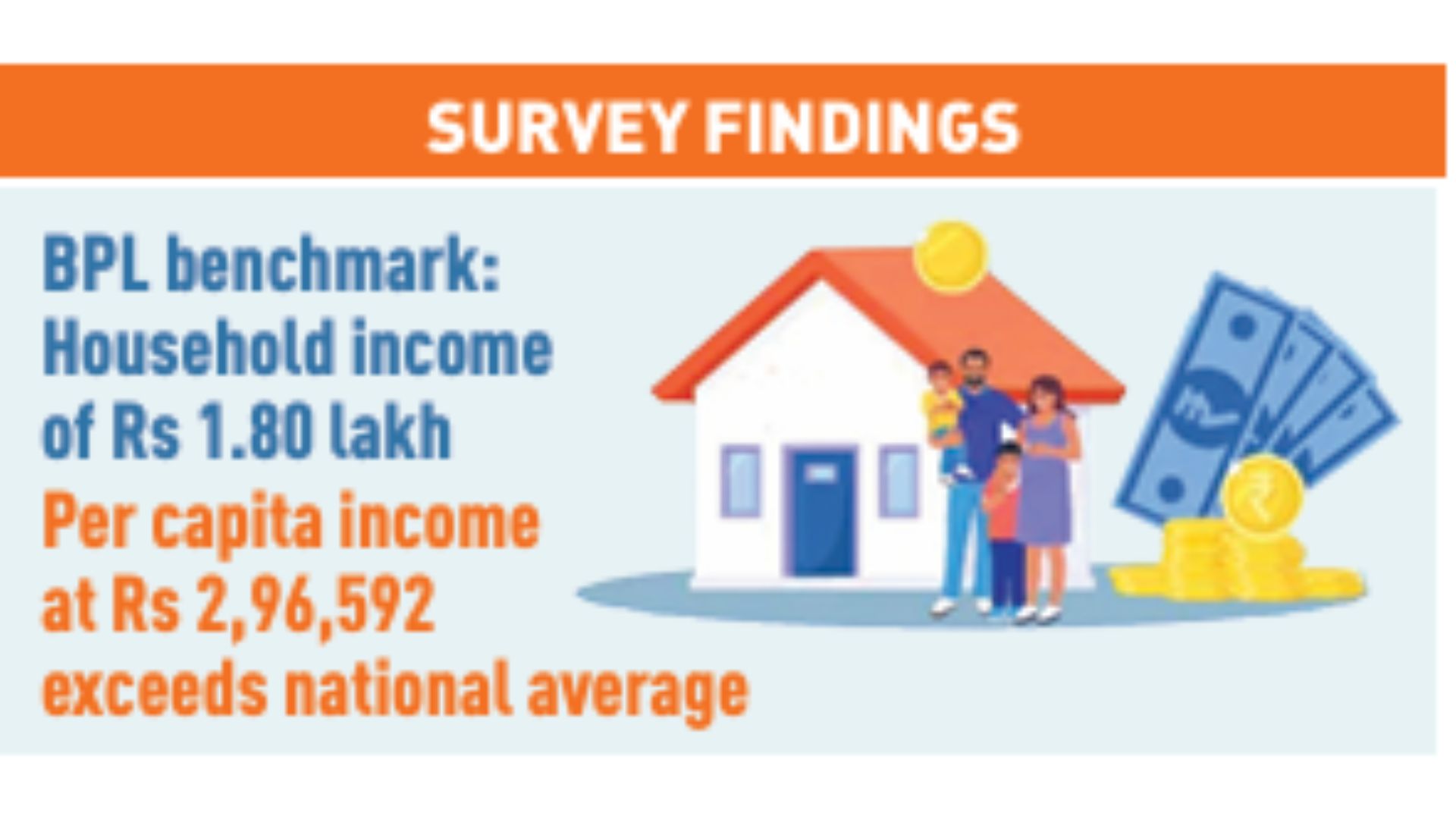
Introduction
In the world of blockchain technology, consensus mechanisms play a vital role in ensuring the security, integrity, and reliability of decentralized networks. Consensus mechanisms are the protocols used to achieve agreement among network participants on the validity of transactions and the order in which they are added to the blockchain. In this article, we will take a deep dive into various blockchain consensus mechanisms and explore their inner workings, with a specific focus on https://immediate-momentum.org/.
Proof of Work (PoW)
One of the most well-known consensus mechanisms is Proof of Work (PoW). In PoW, network participants, known as miners, compete to solve complex mathematical puzzles in order to validate transactions and create new blocks. This process requires significant computational power and energy consumption. Once a miner successfully solves a puzzle, the block is added to the blockchain, and the miner is rewarded with cryptocurrency. While PoW has proven to be effective in securing blockchain networks, its energy-intensive nature and scalability challenges have raised concerns.
Proof of Stake (PoS)
An alternative to PoW is Proof of Stake (PoS), which selects validators based on their stake in the network. In PoS, participants can become validators by locking up a certain amount of cryptocurrency as collateral. The chance of being chosen as a validator and adding a new block to the blockchain is proportional to the amount of cryptocurrency held. PoS is considered more energy-efficient than PoW, as it eliminates the need for resource-intensive mining. However, critics argue that PoS may lead to centralization, as those with more wealth have a higher probability of being selected as validators.
Delegated Proof of Stake (DPoS)
Delegated Proof of Stake (DPoS) builds upon the PoS concept but introduces a delegation system. DPoS allows token holders to vote for a limited number of trusted nodes, called delegates or witnesses, who are responsible for validating transactions and adding blocks to the blockchain. DPoS aims to increase scalability and transaction speed by relying on a smaller set of trusted nodes rather than the entire network. However, the reliance on a limited number of nodes has led to concerns about potential centralization and the possibility of collusion among delegates.
Practical Byzantine Fault Tolerance (PBFT)
Practical Byzantine Fault Tolerance (PBFT) is a consensus mechanism that focuses on achieving consensus in the presence of faulty or malicious nodes. PBFT requires a set of nodes, known as replicas, to agree on the order of transactions through a series of rounds and votes. Each replica broadcasts its proposed order, and the consensus is reached when a two-thirds majority agrees on the same order. PBFT is known for its fast transaction finality and fault tolerance. However, it requires a predefined set of participants, making it more suitable for permissioned or consortium blockchains.
Federated Byzantine Agreement (FBA)
Federated Byzantine Agreement (FBA) is another consensus mechanism designed for permissioned blockchains. FBA allows multiple organizations or entities to participate in the consensus process through a federated model. Each entity in the federation selects a set of trusted nodes, and consensus is reached when a certain threshold of nodes agrees on the validity and order of transactions. FBA offers flexibility and scalability, as it allows the federation to dynamically adjust its membership. However, FBA requires trust among the federation members, which may limit its application in certain scenarios.
Comparison of Consensus Mechanisms
When choosing a consensus mechanism for a blockchain network, several factors should be considered. These include security, scalability, energy efficiency, decentralization, finality, and the specific requirements of the use case. Each consensus mechanism has its strengths and weaknesses, and the choice depends on the priorities of the network and its participants.
Emerging Consensus Mechanisms
As blockchain technology continues to evolve, new consensus mechanisms are being developed and explored. Some emerging mechanisms include Proof of Authority (PoA), Proof of Elapsed Time (PoET), and Directed Acyclic Graphs (DAGs) like Tangle and Hashgraph. These mechanisms aim to address the limitations of existing consensus models and improve scalability, efficiency, and security in blockchain networks. While still in the experimental stage, these emerging mechanisms have the potential to revolutionize the blockchain landscape.
Conclusion
Blockchain consensus mechanisms are the foundation of trust and security in decentralized networks. Understanding the various mechanisms available is crucial for choosing the right consensus model for specific use cases. From PoW to PoS, DPoS to PBFT, and FBA, each mechanism has its own strengths and weaknesses. As the blockchain ecosystem continues to grow and innovate, emerging consensus mechanisms show promise in addressing scalability and efficiency challenges. By carefully considering the requirements and priorities of a blockchain network, developers and stakeholders can make informed decisions to achieve consensus in a robust and effective manner.















